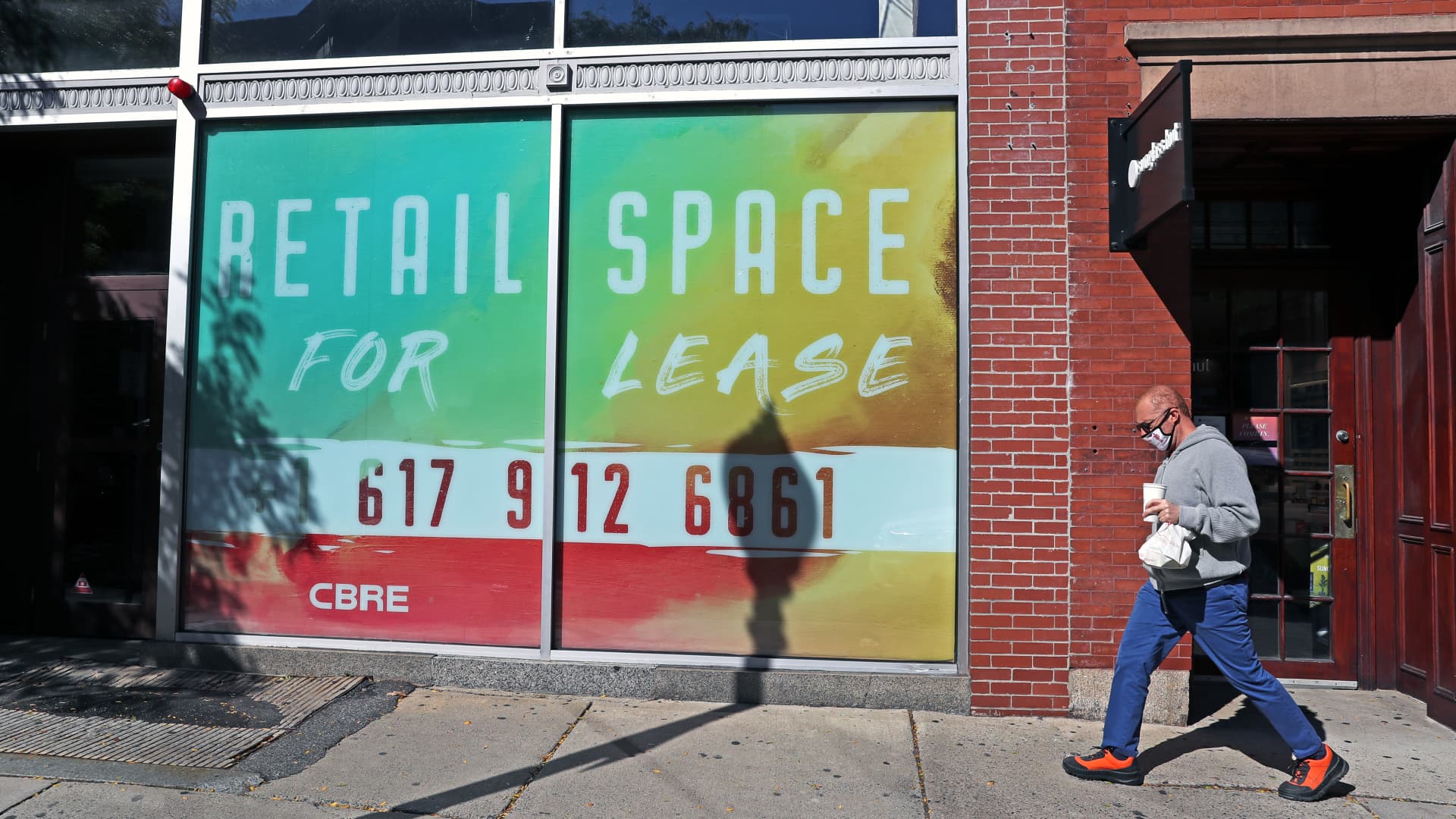Labor market transition and volatile pricing from supply/demand variability is leading to a lack of confidence. No one likes instability but the US market is built to handle it over the long term.
It was hard selecting only 4 paragraphs. Explains that what we are seeing in prices is volatility not inflation. More like a meme stock price due to sudden demand. Notes all the raw material falling prices. Sorry conservatives the Biden election didn’t suddenly turn inflation on its head.
Whackflation is an oscillation between big booms and busts. It’s big price spikes followed by price falls. It’s the uncomfortable position in which we watch complex systems that have been given a big whack by the global pandemic try to stabilize themselves. It is ‘whack’ in the sense that it’s rather alarming to witness, but also in the sense that it conjures up images of ‘whac-a-mole’ as
one supply shortage leads to another.
In many ways, it’s the monetary equivalent of the
bullwhip effect that’s been bedeviling consumers who want to buy things and the producers which make them, in which small changes in consumer demand at one end of the supply chain can end up leading to big swings in production at the other end.
The result is the risk of an environment in which violent run-ups in prices can be followed by falls that are just as extreme. Take, for instance, recent price action in iron ore futures — which sank below $100 a ton in Singapore trading on Tuesday as China’s authorities continued their attempts to curb steel production in an effort toconserve energy.
View attachment 559439
Lumber futures, which presaged many of the recent supply shortages, are also in the process of normalizing, while China’s thermal coal prices have dropped to 878 yuan ($137) per ton from a peak of more than 1,900 yuan per ton. Extreme volatility in prices is a challenge for policymakers trying to smooth business cycles and control — or even forecast — broader inflation.


